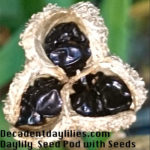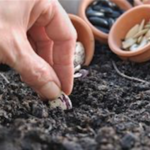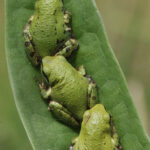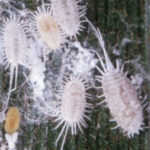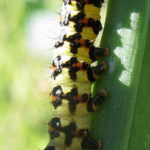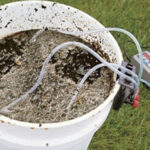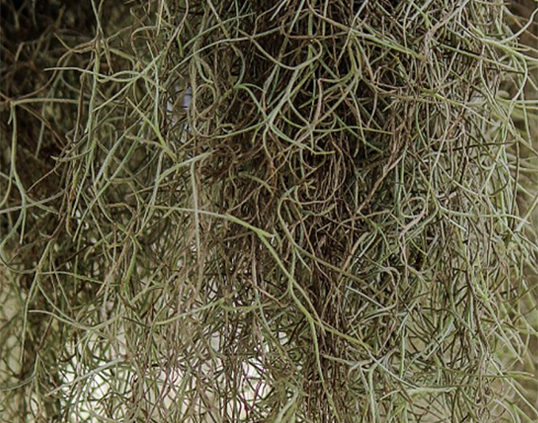
Spanish Moss: What Does It Need To Survive
Know All About Spanish Moss Novelty Plant
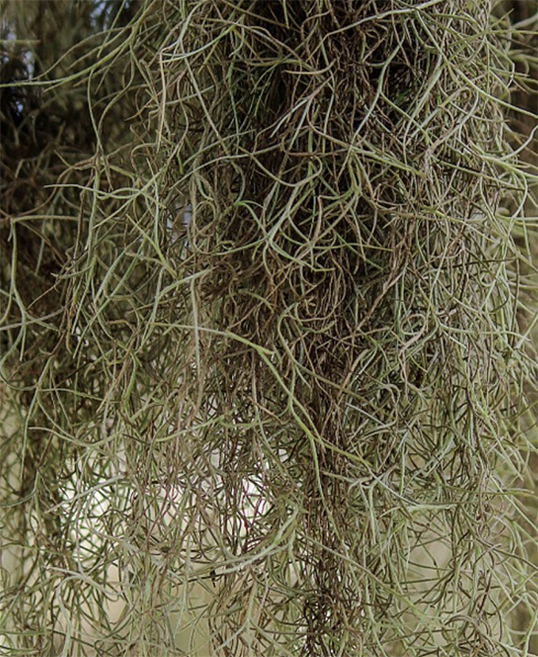 Spanish moss or Tillandsia usneoides is also known as the long moss or grandpa’s beard. It is an epiphytic flowering plant found in areas with tropical and subtropical climatic conditions. Though originally it belongs to Bermuda, Mexico, Bahamas, Central and South America, this moss is also naturalised in certain parts of Australia. This epiphyte is commonly found draping on bald cypress and southern live oak. This flowering plant is not edible and belongs to the family Bromeliaceae. This plant is non-parasitic and has no aerial roots. Spanish moss is easy to grow. It is home to many spiders and birds use it for nesting material.
Spanish moss or Tillandsia usneoides is also known as the long moss or grandpa’s beard. It is an epiphytic flowering plant found in areas with tropical and subtropical climatic conditions. Though originally it belongs to Bermuda, Mexico, Bahamas, Central and South America, this moss is also naturalised in certain parts of Australia. This epiphyte is commonly found draping on bald cypress and southern live oak. This flowering plant is not edible and belongs to the family Bromeliaceae. This plant is non-parasitic and has no aerial roots. Spanish moss is easy to grow. It is home to many spiders and birds use it for nesting material.
Plant Description
Spanish moss is silvery grey and grows like a mass of beard with stems looking like threads which are 6 to 7.5 metres long. The leaves are thread like and hair like scales covers the plant. The plant produces yellow, brown or grey flowers which are inconspicuous and they have light and feathery seeds.
How Does Spanish Moss Survive?
The plant survives using rain, fog, airborne dust, debris, and sunlight. The tiny scales covering the plant, traps water. It can survive dry periods by using the excess water absorbed by the scales.
Where Will Spanish Moss Grow?
The Spanish moss needs bright light, but does not need direct light to grow. Select areas where the plant can get light morning sun and evening sun. They can thrive in areas with high humidity.
Growth Requirements
If you are growing the plant indoors, spray water from all the sides to keep the plant fresh and green. It can grow well in areas with temperature ranging from 10 to 35 C. Hot summers can be detrimental to the plant. Though Spanish moss requires water and humidity for survival, excessive wetness for long can damage it. Water it only when the plant is completely dry. Avoid using chlorinated water. The plant turns greyish-green or brownish when they get dried out. Spanish moss dies in extreme cool conditions. It cannot tolerate temperature lower than 10 C for long. They can be kept indoors during extreme winter conditions. Make sure that you hang them near sunny windows which will provide temperature between 10 – 20 C.
Is Spanish Moss Quick Growing?
Spanish moss gets propagated naturally during windy or rainy weather as the tiny pieces of the plant spread. It is difficult to grow the plant from seeds as the plant is a slow grower and will grow only 1 cm in height in a month. The plant, however, grows and spreads over time. The plant length can be trimmed by snipping the ends. Trimming promotes the formation of more shoots. When the moss starts growing on the trees, it can cause shading of the leaves and this will affect the photosynthesising ability of the tree. Hence, it is better to thin out the Spanish moss when it forms thick mats on trees.
Planting Indoors
To plant Spanish moss indoors, select fragmented pieces and hang it from a wire frame or an old tree branch. Drape the pieces of the plant over the branch or wire frame and water it regularly. It can be grown on patio overhangs protected from direct sunlight. Spraying the plant with compost tea monthly will ensure perfect growth. Always place the indoor plant near a bright window to provide correct lighting.












